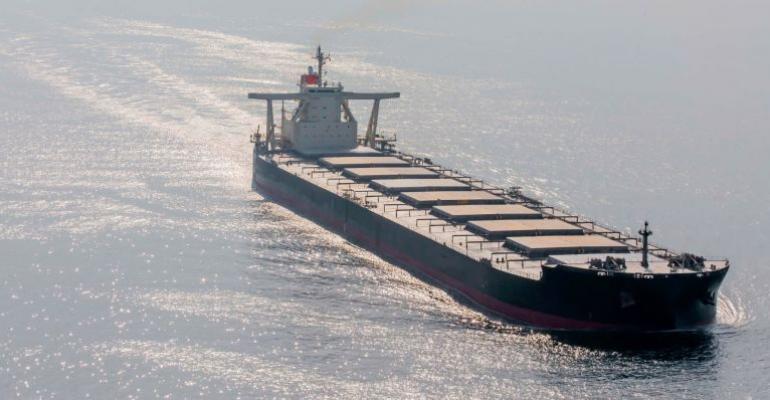Khalid Hashim, ceo of Precious Shipping, observed that the supply side is getting a “dividend” by the recycling of very old ships, slow steaming by owners using low sulphur fuel oil (LSFO), and forced downtime in drydocks for owners retrofitting scrubbers, allowing the market to benefit from tightening of available tonnage.
“One way or the other in 2020, you are going to have a supply side dividend either through slow steaming of the entire fleet or a combination of recycling some of the older ships and slow steaming by the balance fleet,” Hashim said.
With demand virtually disappearing due to the coronavirus (COVID-19) pandemic, owners have reacted swiftly by rushing to recycle older ships due to the costs of operating them.
The recycling of bulk vessels has gone from 2.45m dwt in the first quarter of 2019 to 4.77m dwt in the first quarter this year, though the figures were suppressed by the lockdowns in March as recycling yards of India, Bangladesh and Pakistan came to a halt from April.
Assuming recycling of 4.77m dwt per quarter and slippage of 43.03% in each quarter of 2020 and 2021, Precious Shipping’s read of the growth in supply based on Clarksons data points to a net fleet growth rate of 3.59% (31.38m dwt to 904.81m dwt) by end of 2020 and 1.72% (15.53m dwt to 920.34m dwt) by end of 2021.
“If our conservative reading of both the demand growth rates and the supply side turns out as per our predictions, then second half of 2020 and 2021 should be reasonable compared to the disaster that is shaping the first half of 2020,” Hashim said.
Angeliki Frangou, chairman and ceo of Navios Partners, commented: “The pandemic’s effect on global economic activity is evident in charter rates.
“So far this year, the capesize 5TC rate is averaging around $5,300 per day, which is 70% less than the 2019 average of $18,000. We are, however, expecting a recovery in the second half of 2020 as countries emerge from quarantine,” she said.
However, pressure remains for dry bulk shipping even after many countries have started to ease their respective lockdown measures, according to analyst Intermodal.
The Baltic Dry Index (BDI) closed at a weak 398 points on Wednesday after ending the first quarter at 626 points, having started the year at 976 points.
Intermodal noted the fact that with the traditionally slow summer season only a few weeks away, there is very little room for optimism to grow.
“The first week of May has come as a harsh reminder to dry bulk owners that there is still a long way to go before the sense of stability is restored, as all attempts for a positive reversal in the markets for the different sizes have so far proven short-lived,” Intermodal wrote.
Copyright © 2024. All rights reserved. Seatrade, a trading name of Informa Markets (UK) Limited.
Add Seatrade Maritime News to your Google News feed.  |

